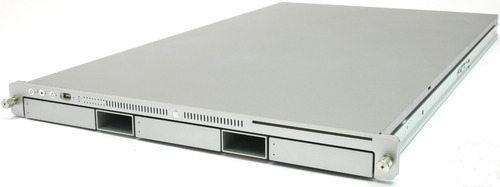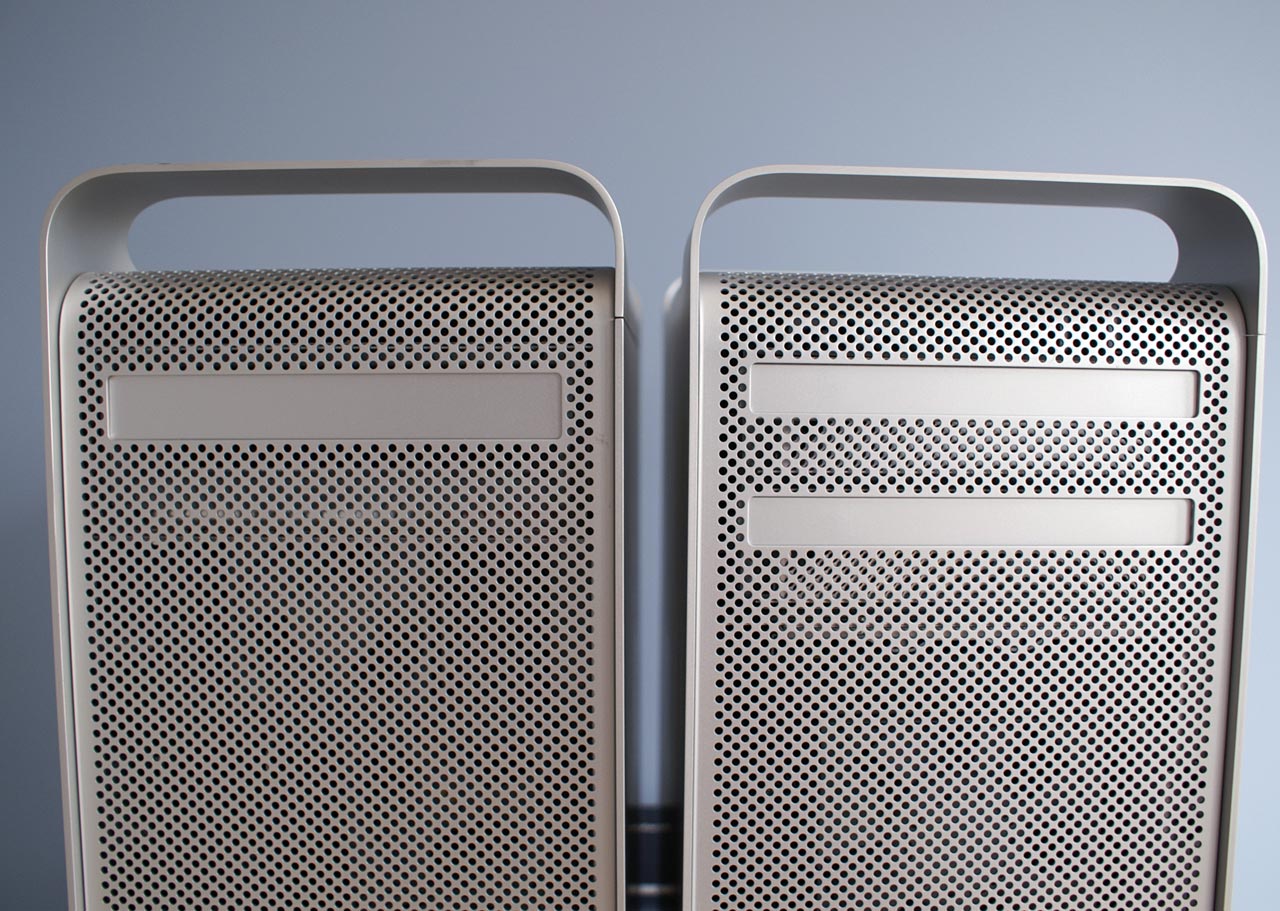

(Internet Archive)Īs Low End Mac explained in 2006, Project Aquarius was an attempt by the company-at this time led by John Sculley and deeply influenced by Macintosh development head Jean-Louis Gassée-to regain its technical prowess as the Macintosh lost its luster compared to emerging processors developed around the RISC (reduced instruction set computer) chip. At the time the project began, this was extremely theoretical stuff, and computer CPUs with more than a single processor core baked in did not actually appear in PCs until the early 2000s.Īn illustration from the document explaining the multi-core capabilities of the Aquarius/Scorpius processor. Here’s the story: In the years after Steve Jobs was led away from Apple, an R&D project began in earnest to produce a multi-core CPU architecture. While given the name Scorpius on the front, it was long better known under another name by Apple diehards: Aquarius. But some very smart technical people contributed to it, and from what I heard at the time the design was solid.” “Now, obviously this project never saw the light of day. “Work started in the mid ’80s, and continued until the end of the decade,” the leaker of this confidential document noted.

Uploaded by an anonymous user with apparent ties to Apple, the “ Scorpius Architectural Specification,” published in 1989, explained the general concepts of multi-core CPU architectures more than a decade before those technologies came into wide use by PC users.
G5 APPLE SERVER ARCHIVE
And last year, a document landed on the Internet Archive that laid out just how ambitious that was. In many ways, the advantages of vertical integration, and the perceived weaknesses of supplied CPUs from vendors, have long attracted Apple, a company that has long been a vertical integrator at its heart.īut many people may not have been aware how early that interest in producing its own CPUs emerged-and that it started internally. (Internet Archive) Apple’s first in-house CPU project surfaced nearly 35 years ago

Apple reckons that this lets scientific users run such applications as the Blast genome matching system across multiple G5 systems.It took Apple a couple of decades to make good on this general concept.
G5 APPLE SERVER SOFTWARE
The Panther Server integrates leading open source software with easy-to-use management tools that make it easy to deploy Mac, Windows and Linux clients.Īpart from Oracle, Apple also pulled in support and commitments to port products from Wolfram Research, authors of the Mathematica computational engine, which has ported gridMathematica, and from Sybase, Xinet, Macromedia, Quark, and the Infiniband specialists Voltaire and Mellanox.Īpple previewed but didn’t actually launch Xgrid, its computational clustering technology, which comes from Apple’s Advanced Computation Group, and is available as a free beta download beginning yesterday.

G5 APPLE SERVER MAC OS X
Xserve G5 ships with an unlimited client edition of Mac OS X Server version 10.3 “Panther” software pre-installed. It starts at $2,999 and will be available in February.Īpple also offers a cluster node configuration specifically designed for high-performance computational clustering that delivers the compute performance of dual G5 processors without the cost of additional components, such as a CD-ROM drive.
G5 APPLE SERVER SERIAL
The Xserve G5 includes a system controller with up to 8GB of memory three hot-plug Serial ATA drives delivering up to 750GB of storage optional internal hardware RAID dual PCI-X slots, supporting 133 MHz PCI-X cards with over 1 GBps of throughput and dual on-board Gigabit Ethernet for high-performance networking. The company says the new server packs about 60 percent more punch that the previous G4, and has already been used to create the world’s third largest supercomputer-at Virginia Tech.


 0 kommentar(er)
0 kommentar(er)
